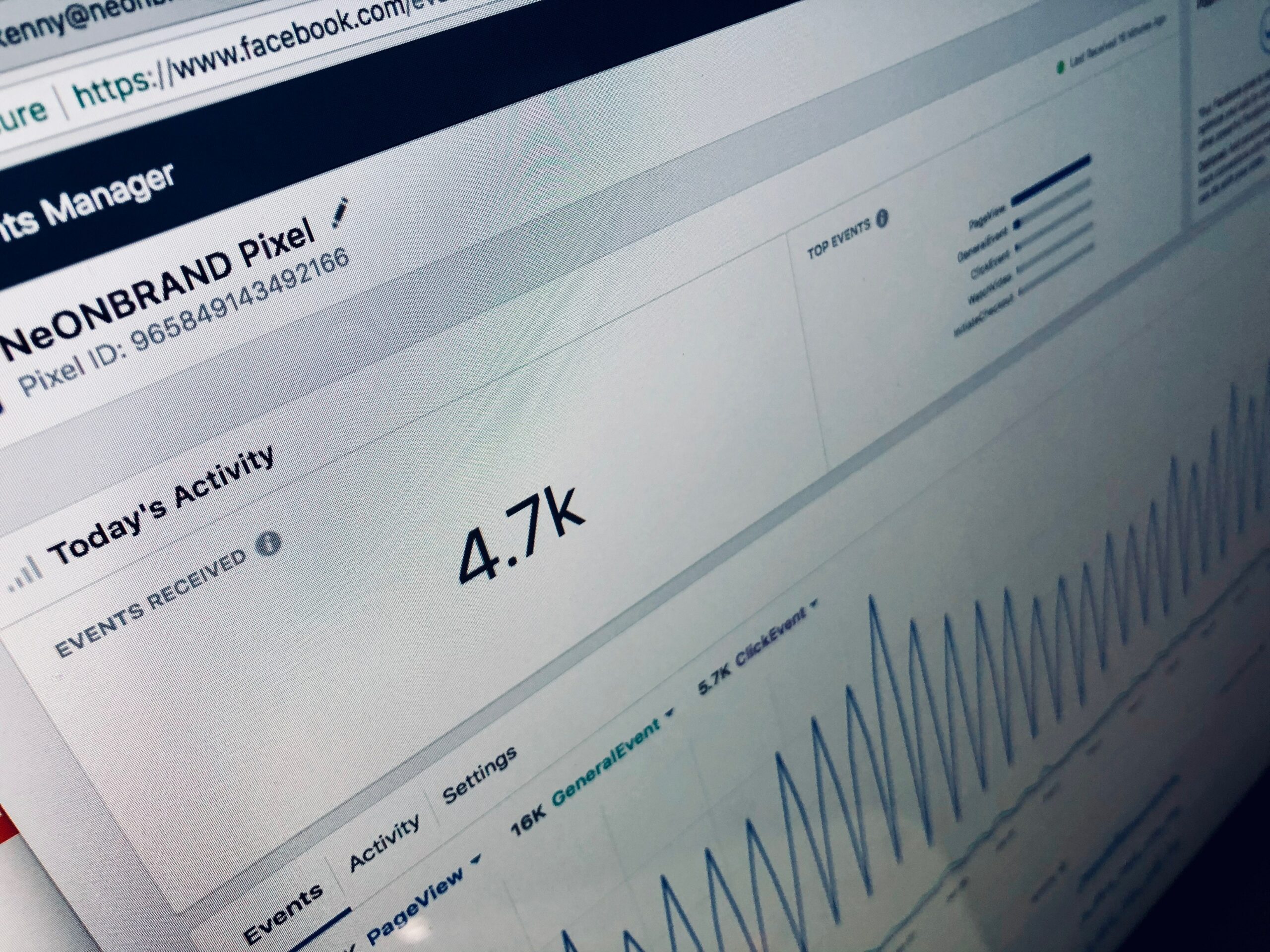It was William Bernbach who once said, ‘If your advertising goes unnoticed, everything else is academic.’
Advertising has evolved so much that it is now a veritable haystack of commercials and advertisements in the global marketplace. Making good advertisements and rolling out clever and innovative campaigns is not cheap; neither is it easy. So, how do you get your brand to stand out amid the avalanche of advertisements that are being churned out every minute of every day?

Experts say that creativity is key, but it is certainly not enough. With the introduction of Artificial Intelligence or AI, generating ads that are novel and fresh has become quite easy. However, are these ads able to hook the attention of their audience and hold onto it? If the answer is yes to both parts of this question, you have struck gold.
IAB (Interactive Advertising Bureau) research shows that attention is six times more effective than viewability when it comes to predicting recall.
Numbers speak louder than words
An advertisement’s effectiveness is now being monitored by how much it can maximize attention per dollar spent. The ultimate result should be a pleasing ROI (Return on Investment).
Marketers are now tracking audience viewing times of advertisements, whether it be on television or digital media. The consensus is that there is no value in a person clicking on an ad or viewing it partially and then scrolling on, or switching channels midway through. The idea is to ascertain how long the ad is able to hold their attention, as this translates to positioning in their minds. Kantar Media Reactions 2023 shows that 62% of marketers opt to measure their ads’ success by the view times.
The shocking statistics are that the average person sees more than 5,000 advertisements per day, but ignores as much as 75% of them! Certainly, the odds seem tough to beat.
Tracking ad success
Herbert Simon introduced us to the ‘attention economy’ in the 1960s. It was his view that as the internet age heralded an unprecedented growth in information, it would be extremely challenging to hold people’s attention. Now more than ever, this premise holds true.
Understanding an advertisement’s creative success vis-a-vis the quality of consumers’ creative attention is being increasingly done by facial coding and eye-tracking techniques. Industry gurus say that the two techniques will soon merge with some facial coding suppliers now including a gaze measurement unit.
Other methods that are also being used In addition to the above include, Reaction-Time Tests that measure motor and response speed in brand recall, Electroencephalography (EEG) that uses sensors to directly measure brain electrical activity which is considered an indicator of emotional engagement with advertisements, and Galvanic Skin Response that uses sensors to track changes in sweat glands as an indicator of emotional engagement.
AI-centered prediction techniques are also being used more and more. 2024 will see such techniques being used to gauge attention at scale when considering digital ads.
Techniques to optimize attention
There are a range of techniques that can be used to ensure that audiences view advertisements comprehensively to be able to bring about a greater level of recall.

One of these techniques is to request permission to view the ads. This means that the full message of the advertisement will only be unlocked when the viewer begins an interaction with the advertisement that unfurls a microsite on click.
It has also been found that the type of media used has a bearing on the audience’s attention. For instance, native advertising and standard display are some of the more significant types of media in garnering audience attention.
Using tools that ensure that there aren’t too many ads cluttering one’s webpage is also recommended to maximize customer attention.
The IAB also says that contextual relevance is important in that consumers who engage with an ad in the right context are likely to remember the brand shown in the ad four times better than if they viewed it as part of ad-hoc advertising.
Advertisers should also optimize creative triggers that compel customers to continue viewing advertisements, either due to out-of-the-box thinking or extraordinary visuals.
Furthermore, it is recommended that brand information be shared in the pre-roll of advertisements as this leads to greater brand recall.
Pay attention!
So, attention is a key measurement of advertising success; this has been established. The challenge is to ensure that one’s advertisements rise above the clutter in order to be viewed and recalled.
Much of today’s ads are viewed online as Generation Y to Generation Alpha inhabits the digital space for much of their day either due to work or leisure. Thus, experts say that when consumers view and pause online ads, adjust their volume, etc., for better viewing, this shows greater attention to the ads and provides an accurate measurement of engagement.
The techniques mentioned earlier are just a handful of the many ways through which audience attention can be maximized. So, marketers need to do some serious research and employ proven techniques that they feel work best.
Those in the know say that this will involve experimenting with technologies and various frameworks, but it will surely and ultimately yield the answers that could bring about better ROI on the ad spending of companies.
(Anouk De Silva)
